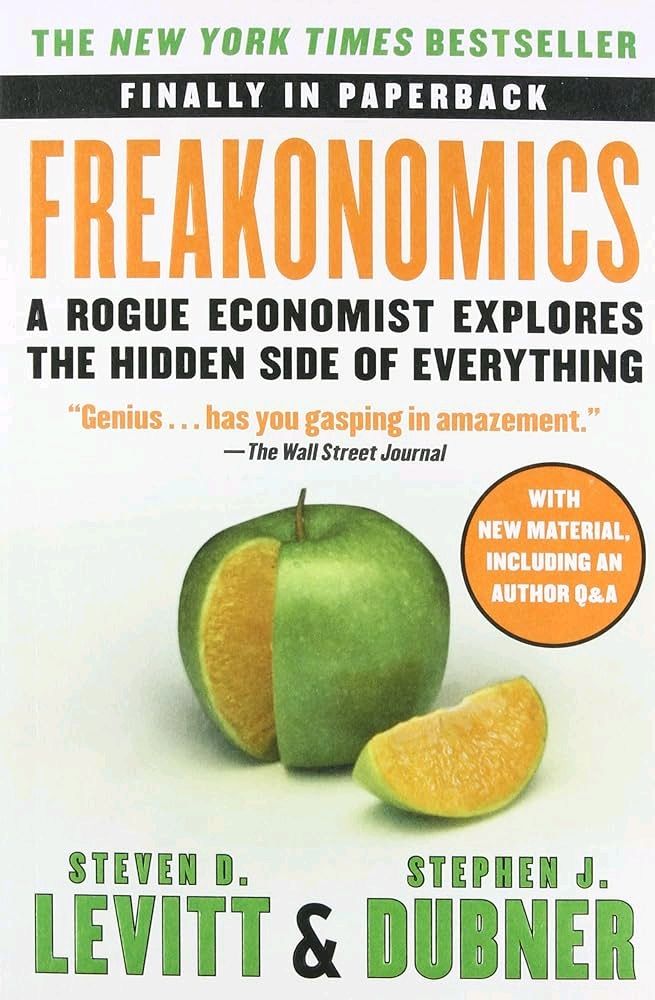Audio available in app
Regression models predict a continuous output variable from "summary" of Data Science for Business by Foster Provost,Tom Fawcett
Regression models are a fundamental tool in data science for predicting continuous output variables. In simple terms, this means that regression models are used when the target variable we want to predict is a number, rather than a category or class. For example, if we want to predict the price of a house based on its features, such as size, location, and number of bedrooms, we would use a regression model. The goal of a regression model is to find the relationship between the input variables (also known as features) and the output variable. This relationship is typically represented by a mathematical equation that describes how the input variables influence the output variable. The process of building a regression model involves training the model on a dataset where both the input variables and the output variable are known. The model then learns from this data and us...Similar Posts
Data analysis involves processing and analyzing large datasets
Data analysis involves processing and analyzing large datasets. This means working with vast amounts of data to extract valuabl...
Trendlines help in identifying trend directions
Trendlines are an essential tool in technical analysis as they provide valuable insights into the direction of a trend. By conn...
Confidence comes from competence, not positive thinking
Confidence is often mistaken for positivity or self-affirmation. We tend to believe that if we just think positively enough, co...
Predictive models can be used to optimize business outcomes
Predictive models are powerful tools that can help businesses make better decisions by leveraging data-driven insights. By anal...
Keeping up with advancements in machine learning ensures competitiveness
Staying current with the latest developments in machine learning is essential for maintaining a competitive edge in today's fas...
Economic systems vary in how they allocate resources and distribute goods and services
Different economic systems have their own unique ways of deciding how resources should be allocated and goods and services dist...

Embrace curiosity and skepticism
Curiosity and skepticism are essential qualities for those who want to uncover the truth about the world around them. In order ...
Big data refers to large datasets that require special tools
Big data is all about dealing with massive amounts of data that traditional data processing tools struggle to handle. The term ...
Data transformation is crucial for extracting useful information
Data transformation plays a critical role in the process of extracting valuable insights from raw data. In its original form, d...
Economic decisionmaking involves trade-offs
Economic decisionmaking involves trade-offs, a fundamental concept that lies at the heart of all economic activity. When indivi...
